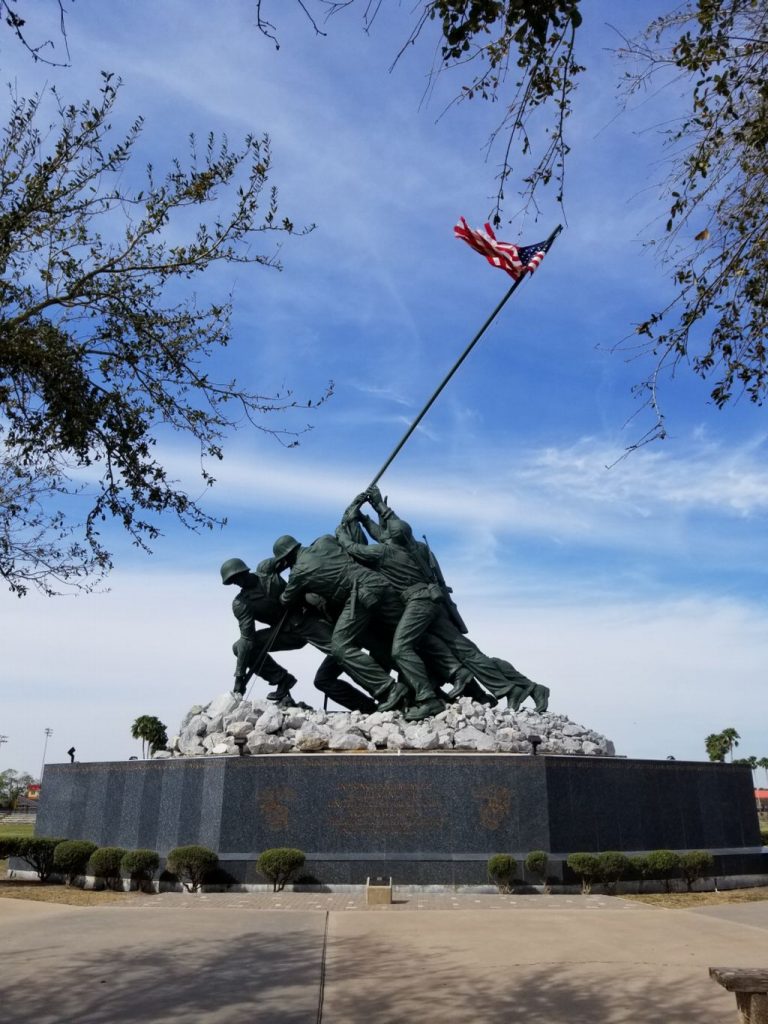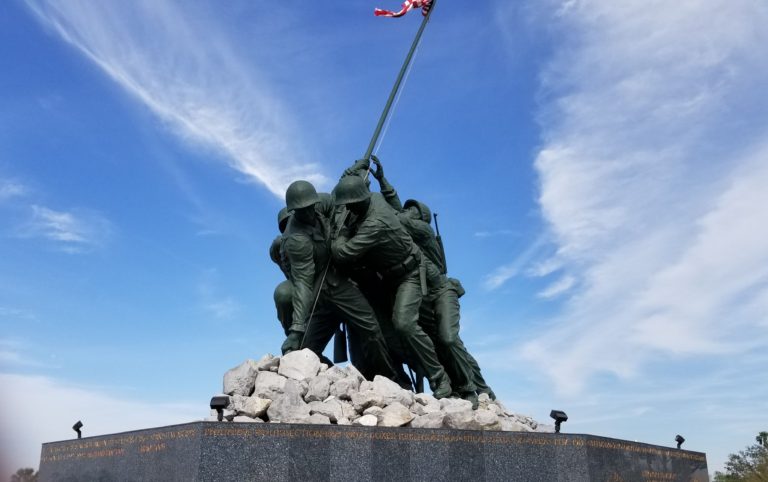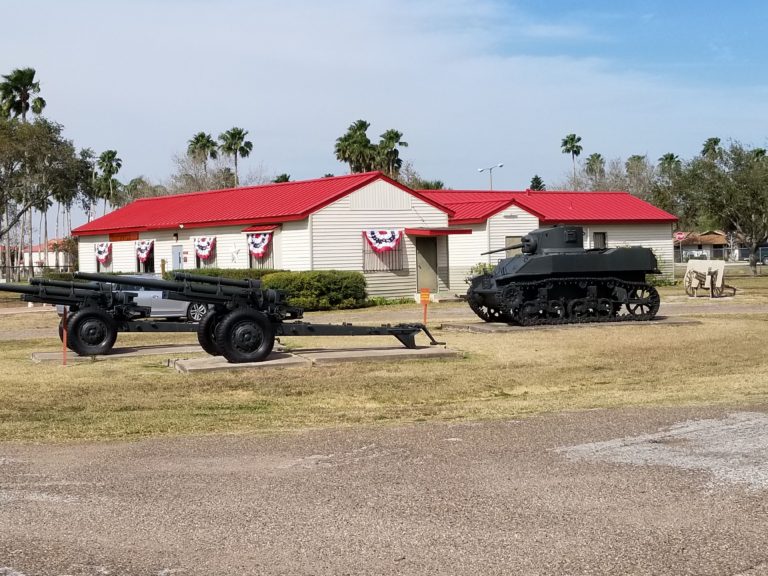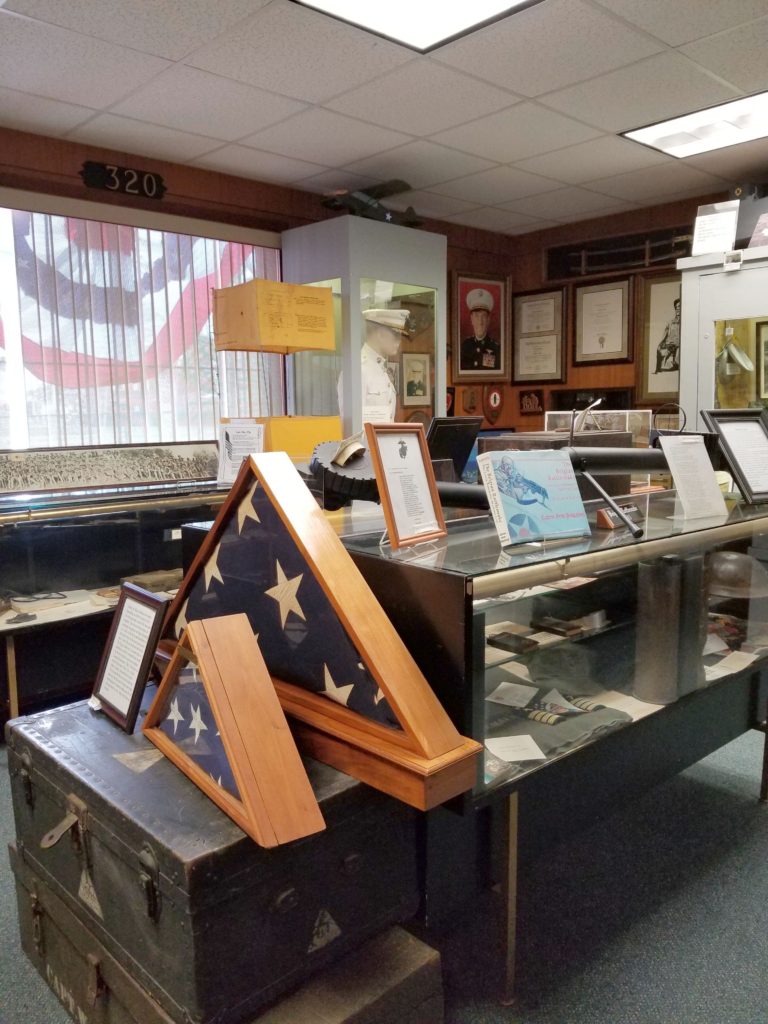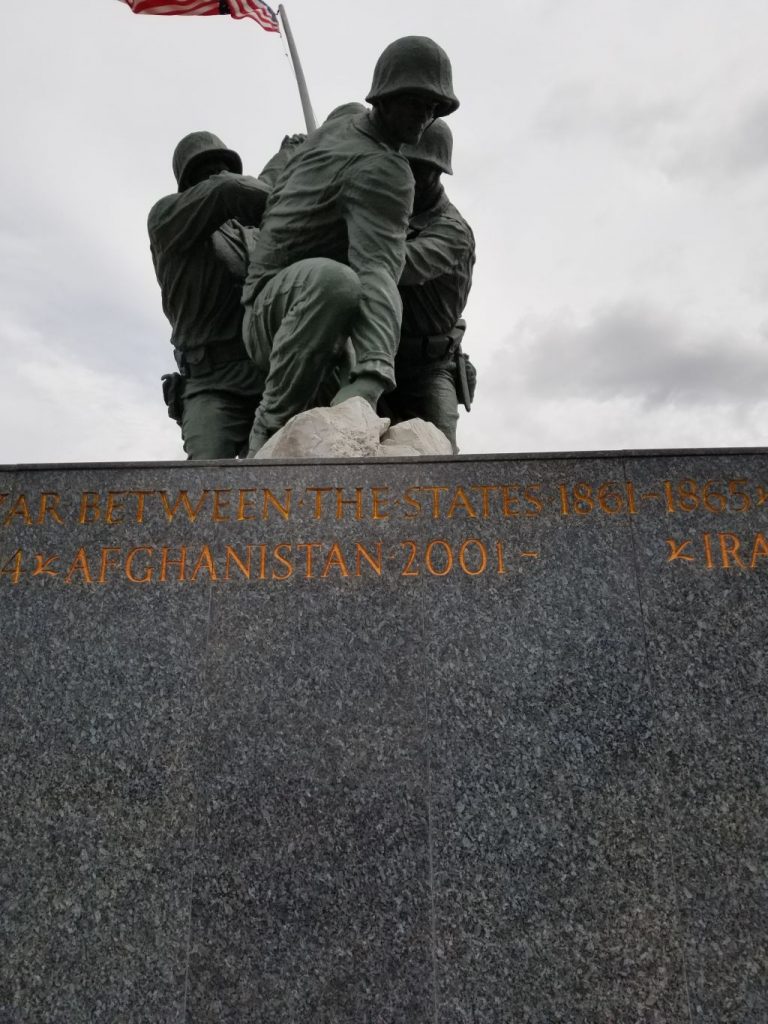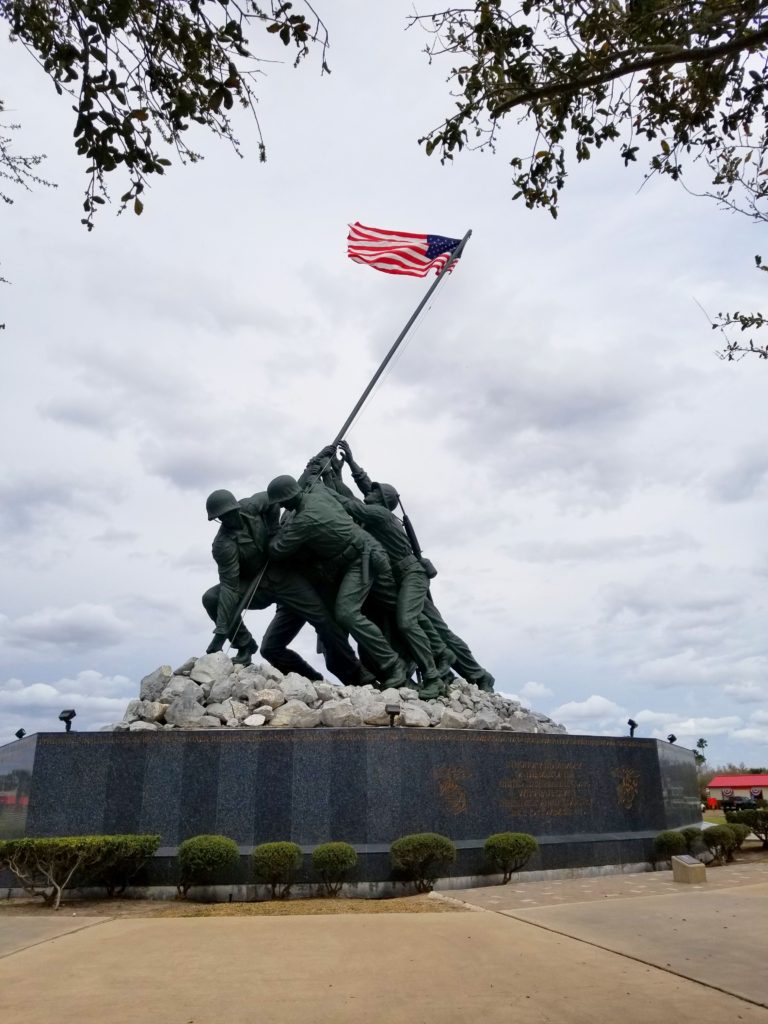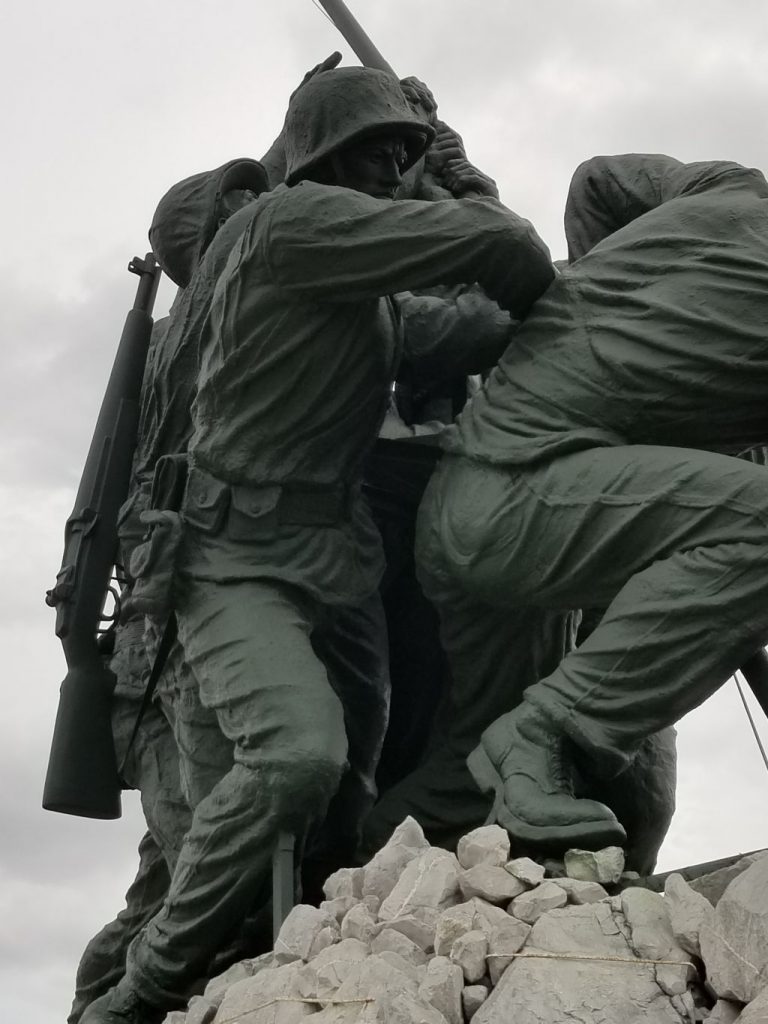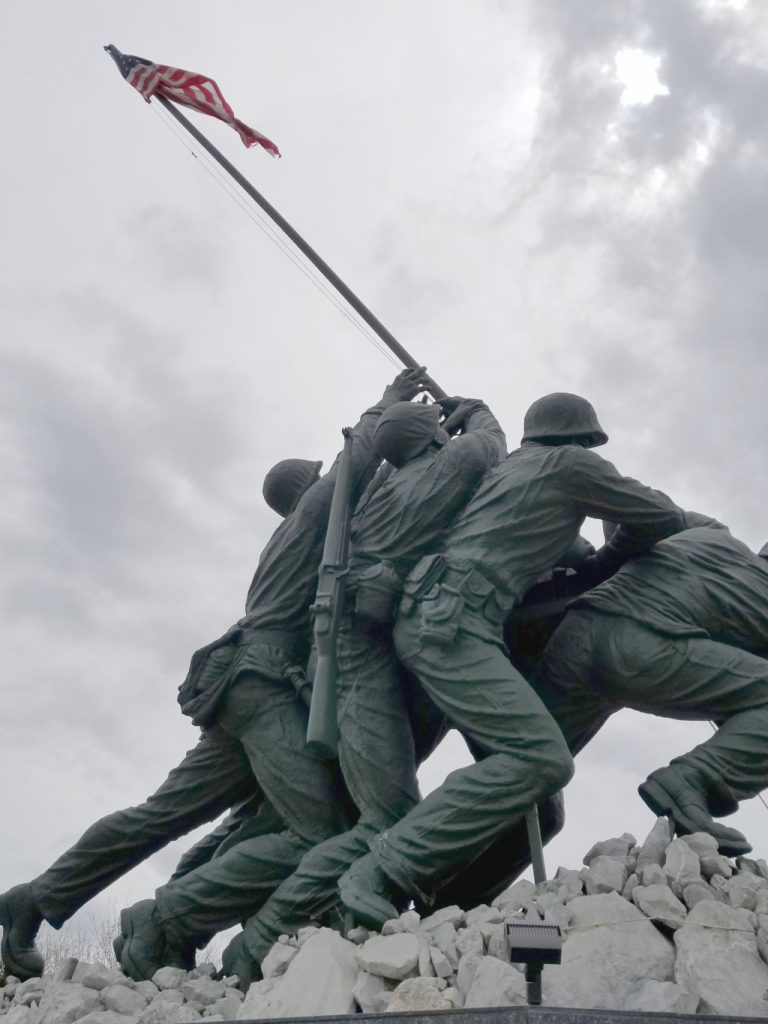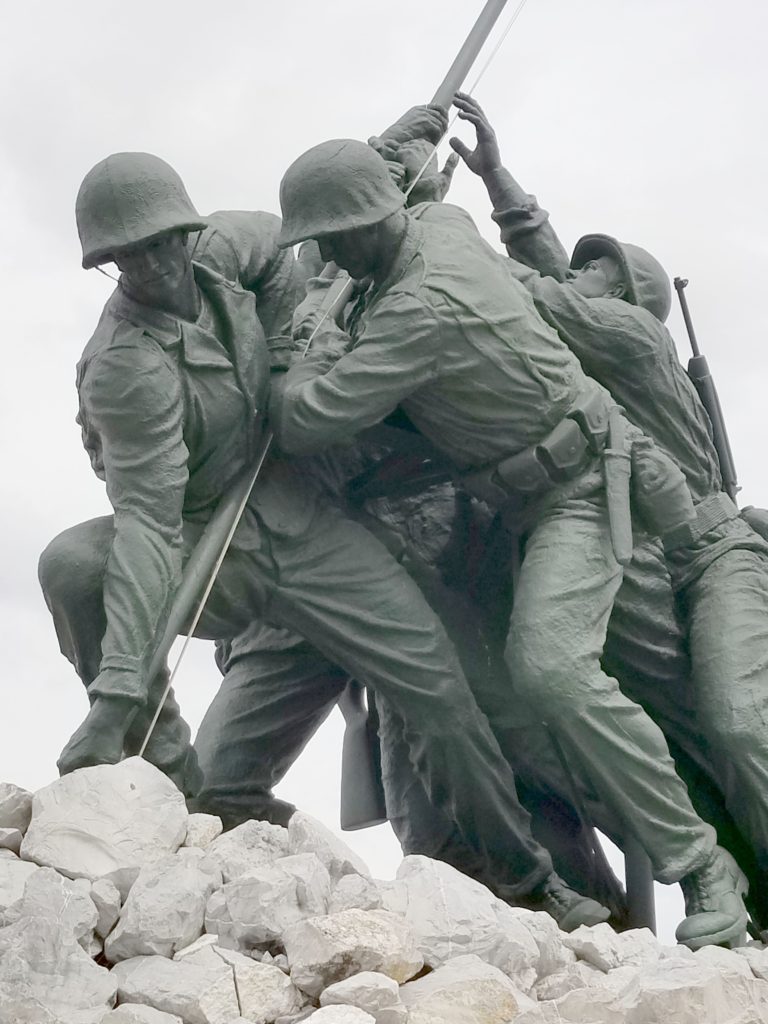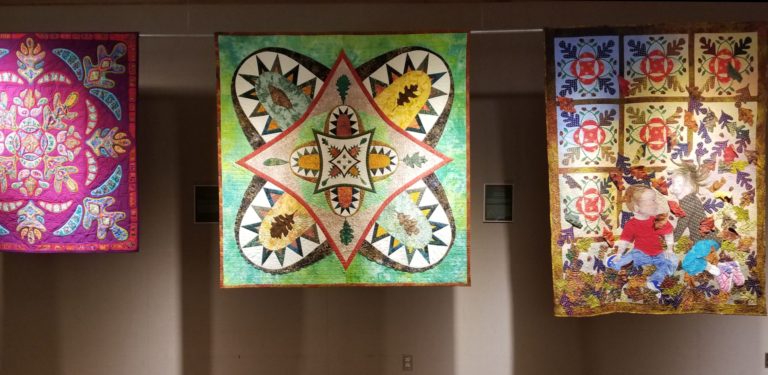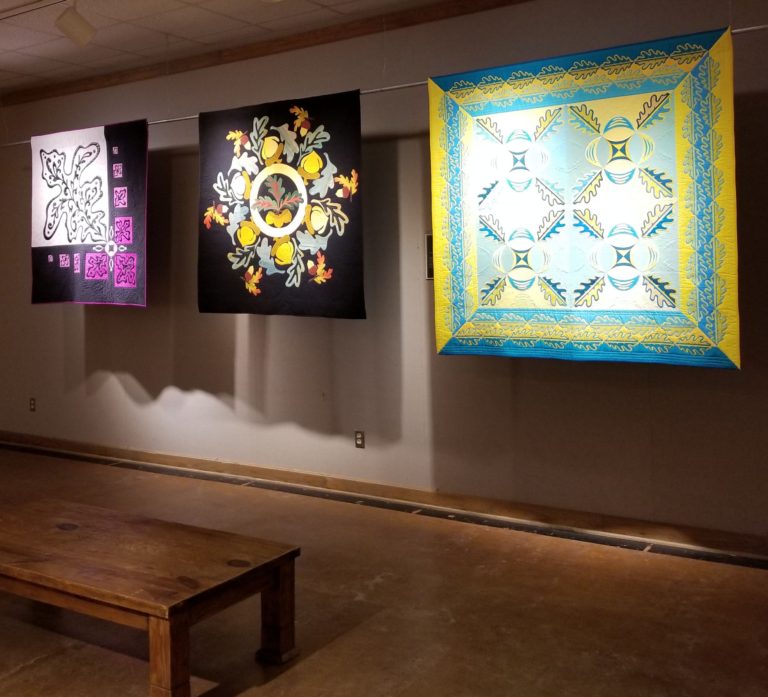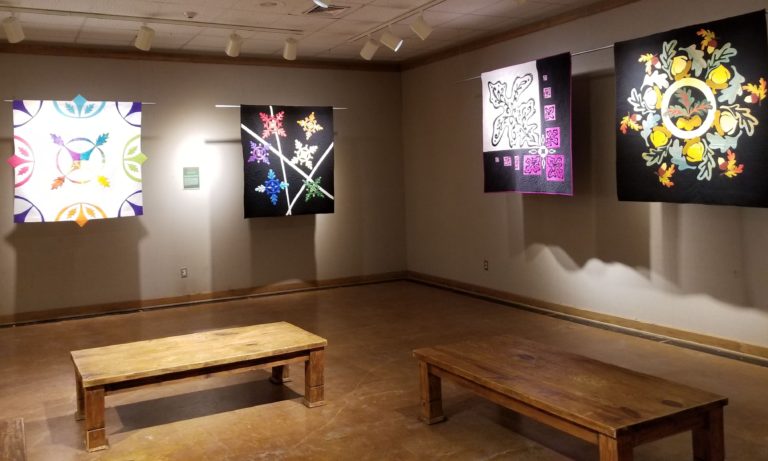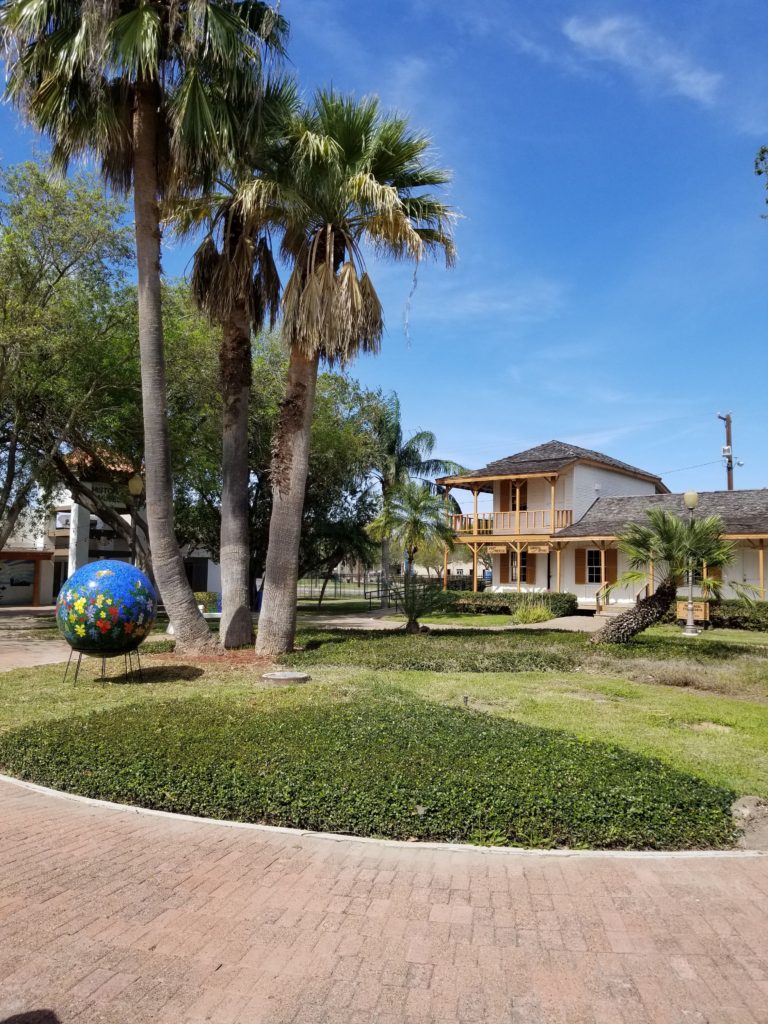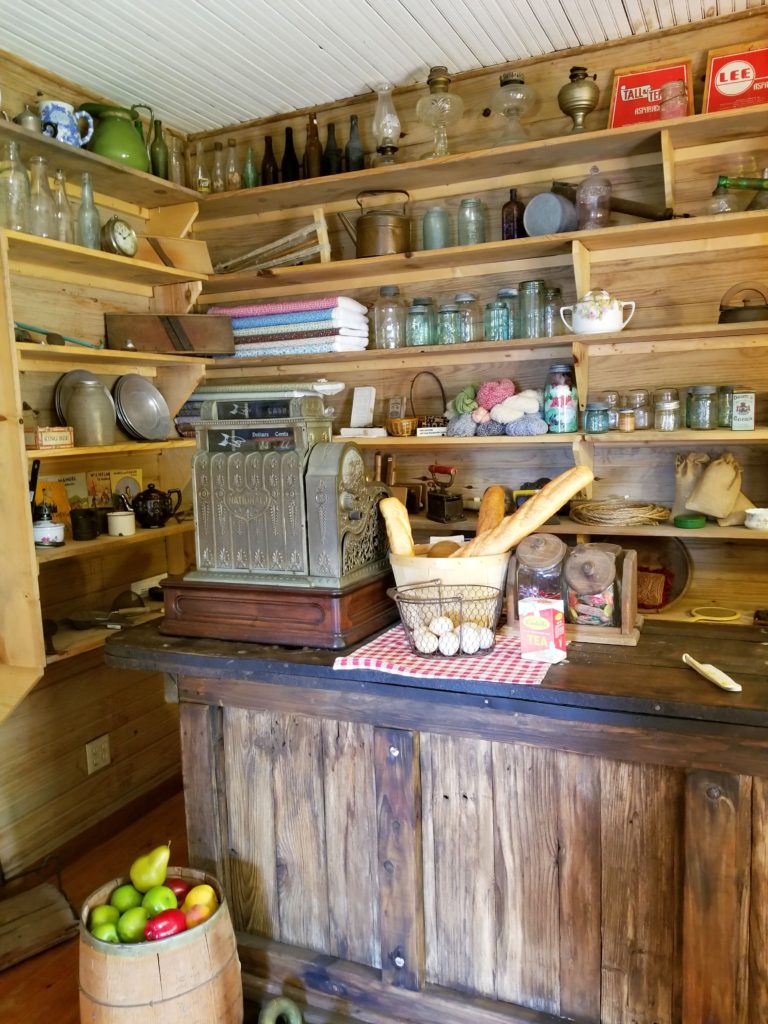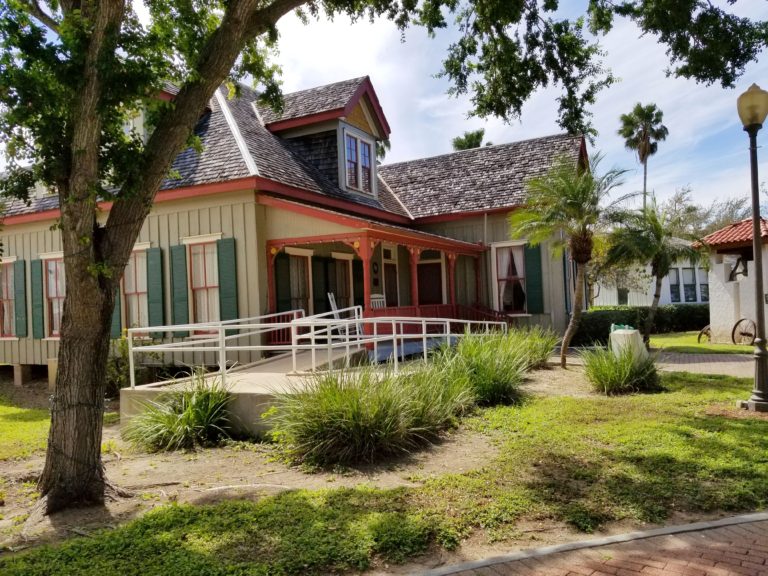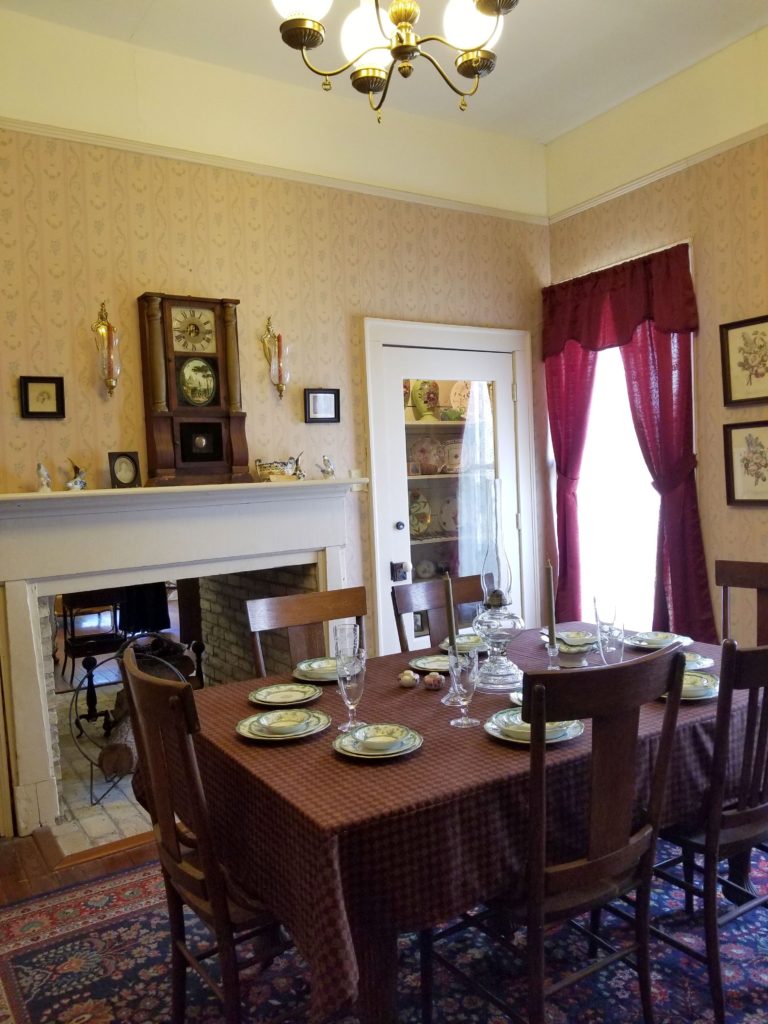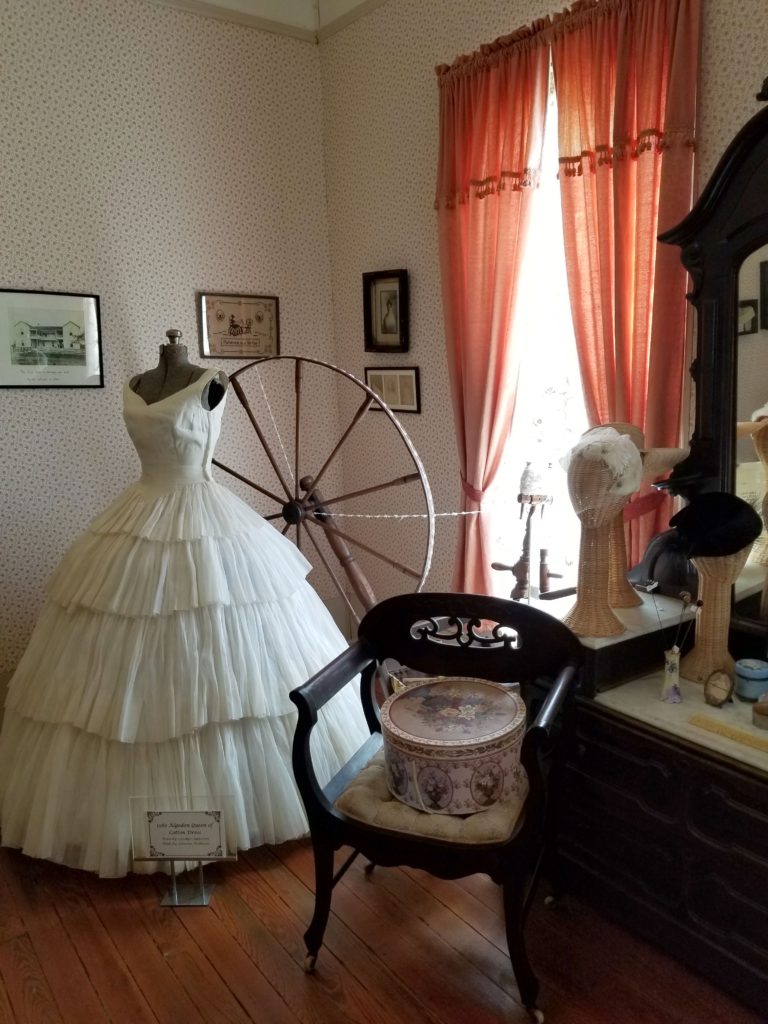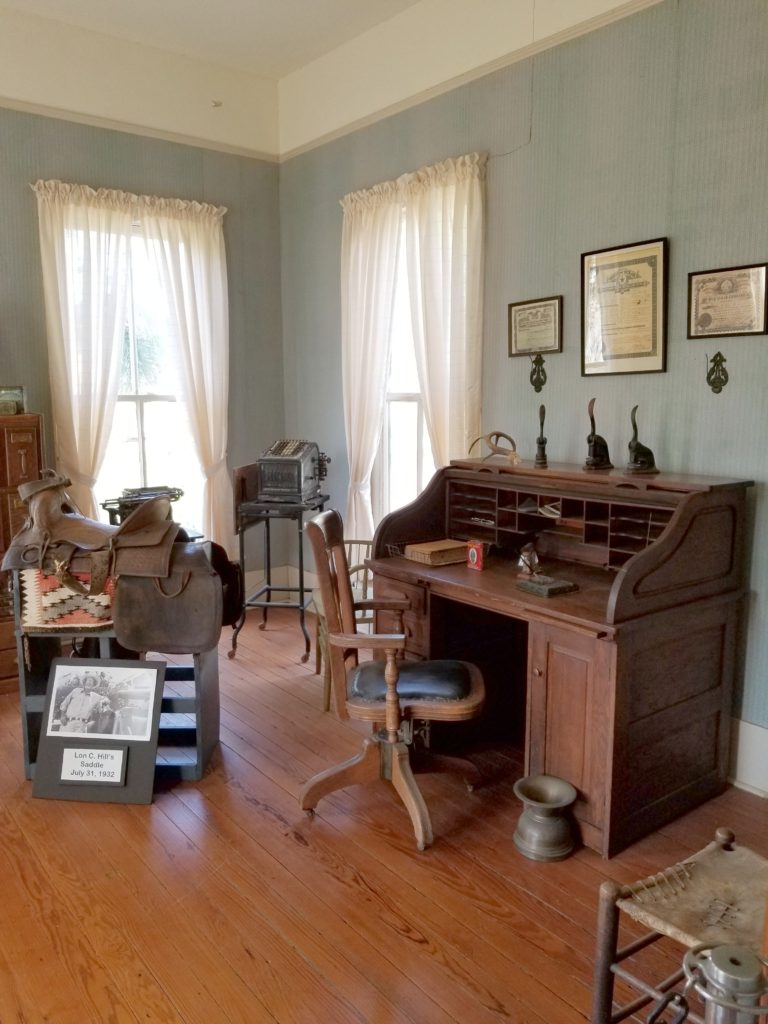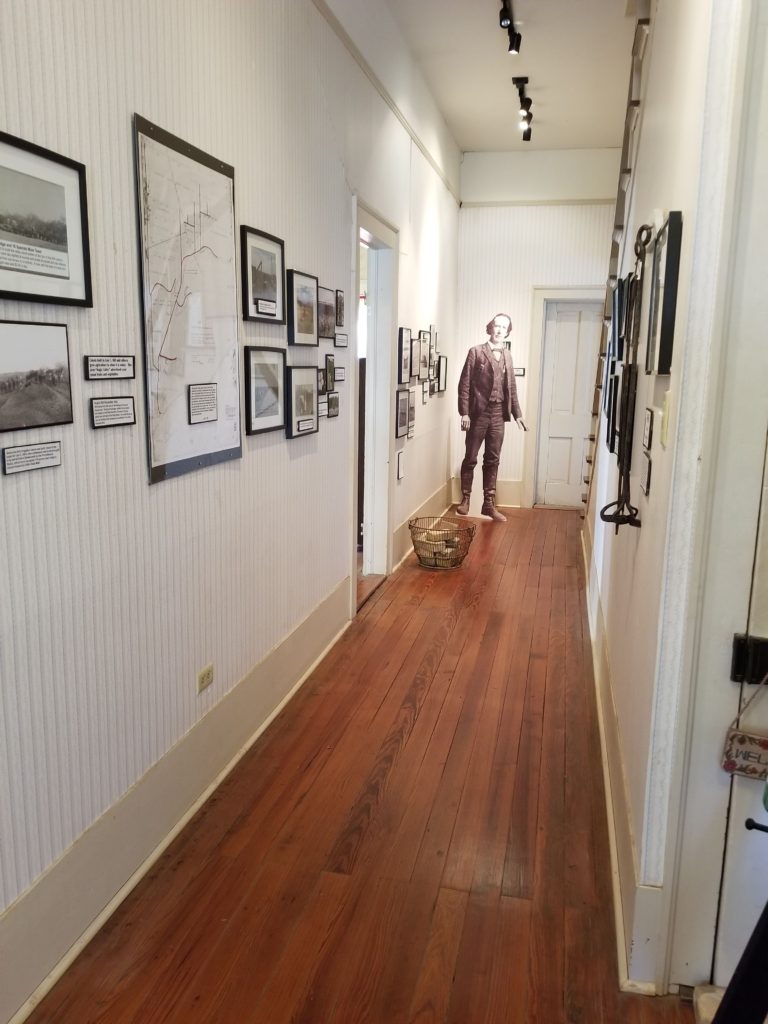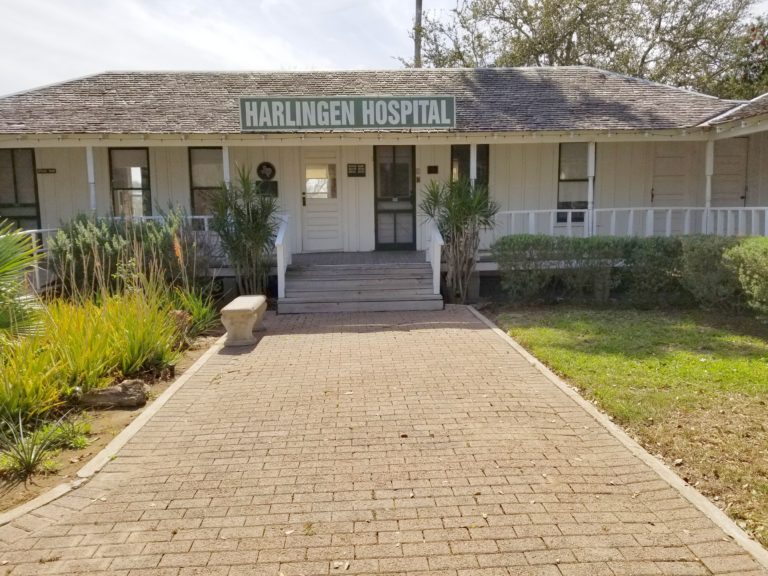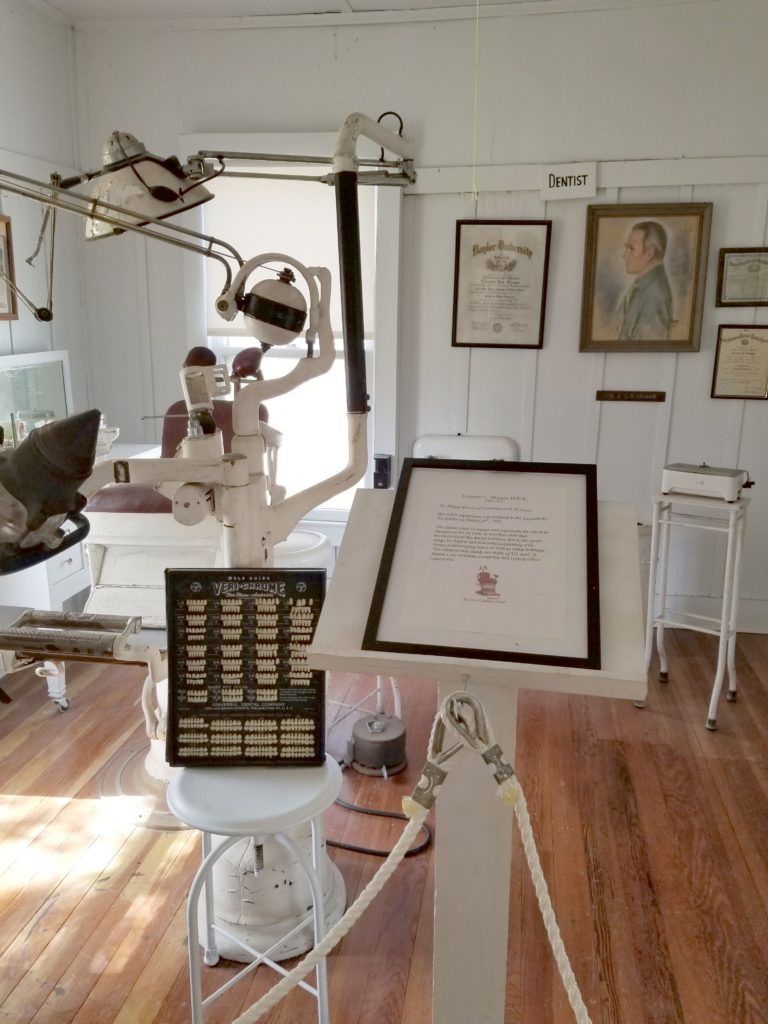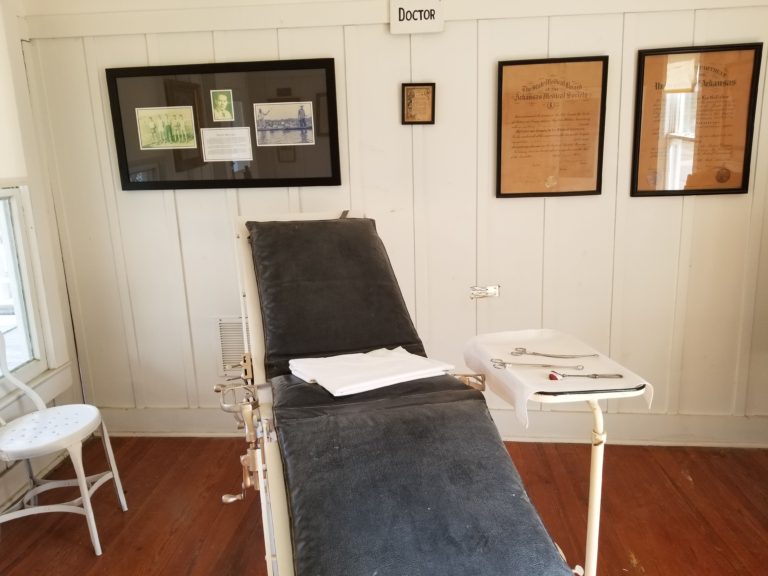During January and February of 2022, we stayed for several weeks in Harlingen, Texas, which is located in the Rio Grande Valley or RGV at the very southern tip of Texas. The Rio Grande Valley is not really a valley, but a river delta. It is a popular place for “winter Texans”, people who want to escape the harsh winters of the northern United States.
Having stayed in this area previously, we already explored many of the museums and sites to see. This time we added another place to our list of places we have been: The Sabal Palm Sanctuary.
The drive to Sabal Palm Sanctuary took us right down along the border. We saw miles and miles of the border wall. To get to the Sanctuary, we had to drive through an opening in the wall. There was a Humvee with National Guardsmen at the gate. They allowed us through both ways without a problem.
The plantation house is like stepping back in time. Ray took this photo, but I changed it to black and white to get a feel of the place in 1892.
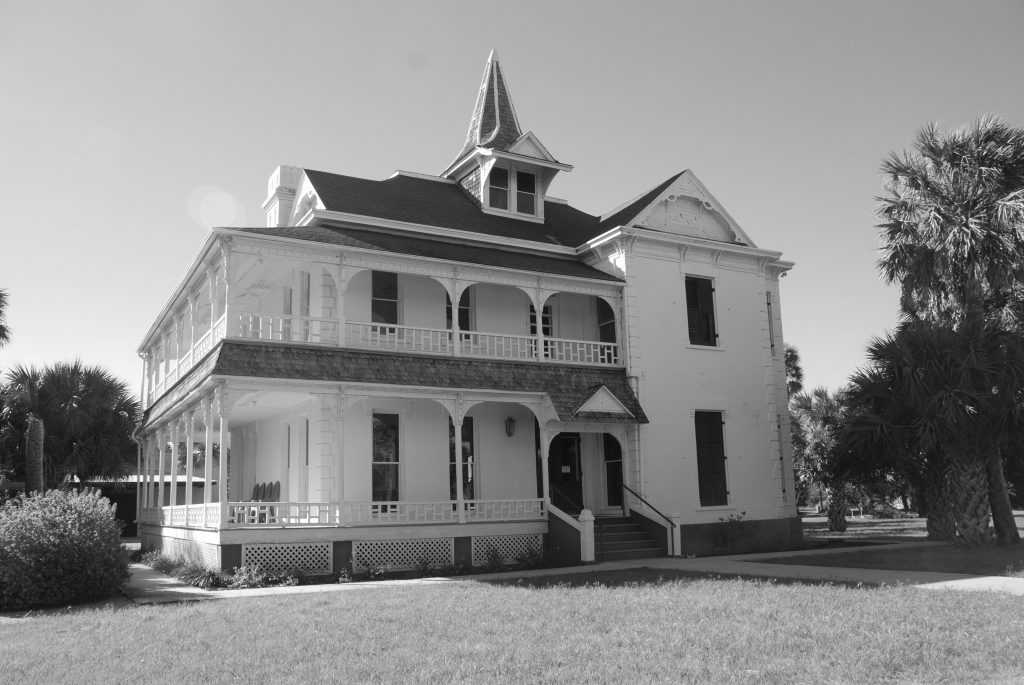
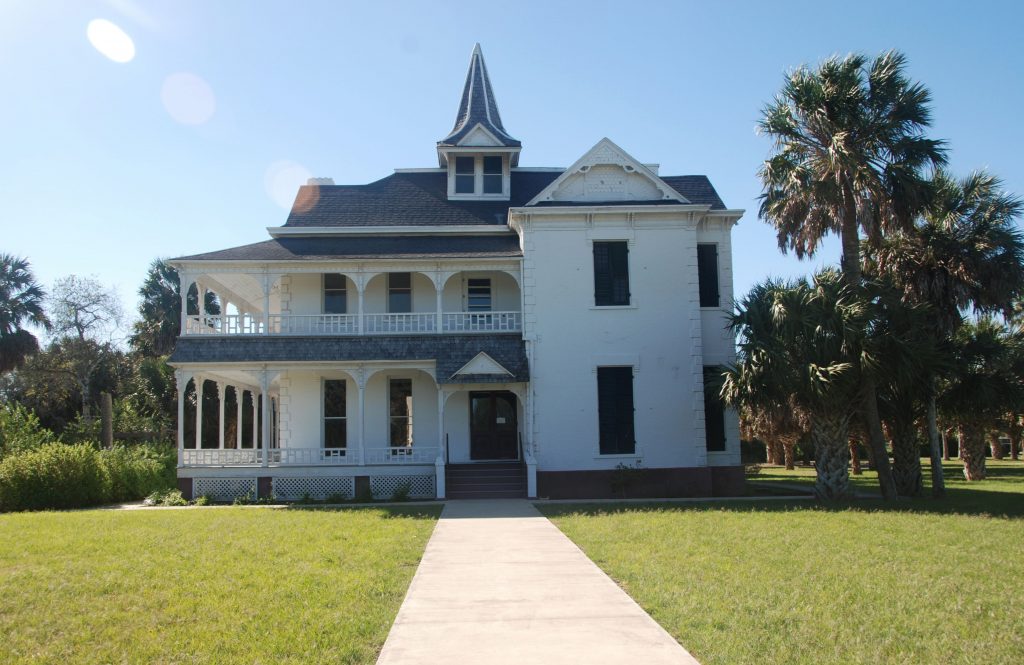
When Frank and Lillian Rabb built the house, it had a commanding view of the Rio Grande River and the steamboats that docked there. Today, the river has since changed course and the view is quite different. We walked some of the trails of the more than 20,000 acres and saw the old river bed.
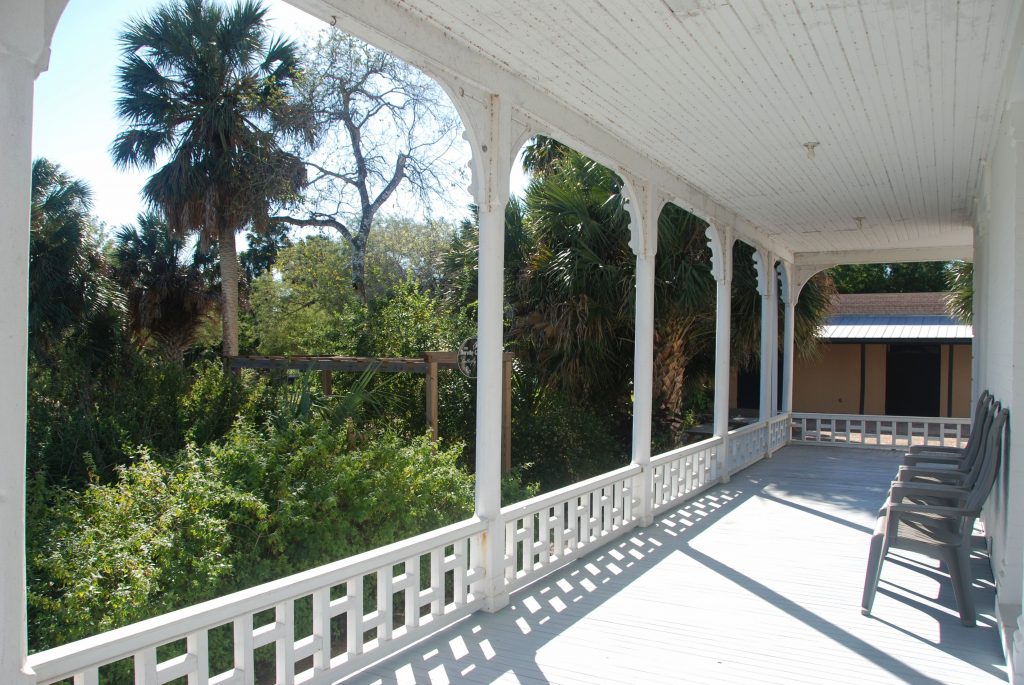
Inside, the rooms had been restored to their former beauty. The polished mahogany wood staircase in the entrance and the antique mirror showed the grandeur of previous days.
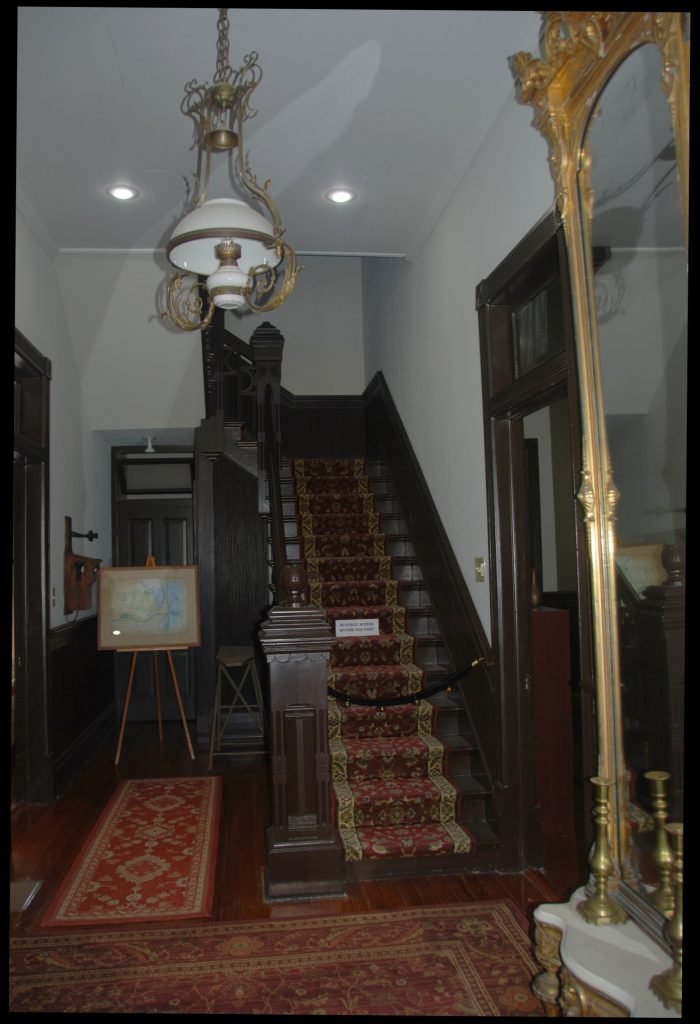
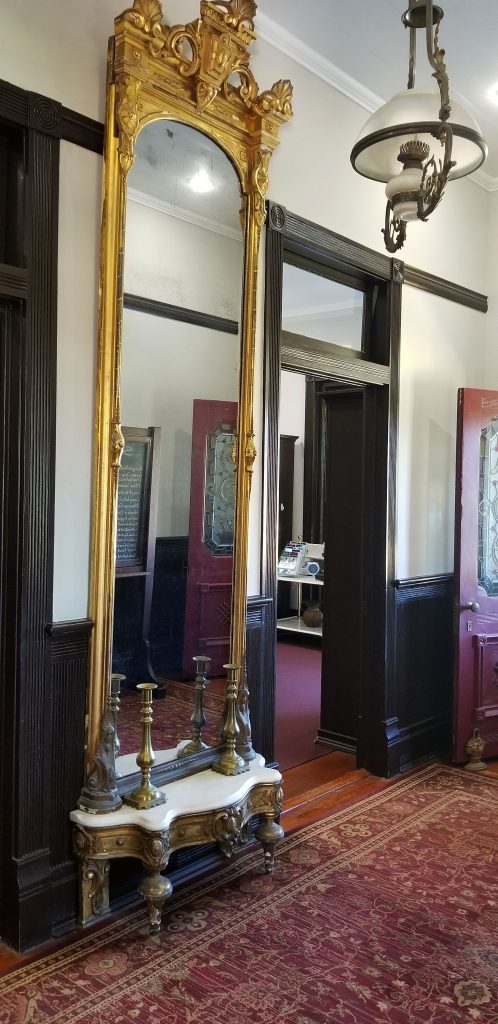
Two fireplaces with mirrors and detailed engravings were decorated with more antiques. I doubt that they were used much since the winter weather is so mild in south Texas. However, while we were there, the sunny, warm days were few and far between. We had more rain than sunshine.
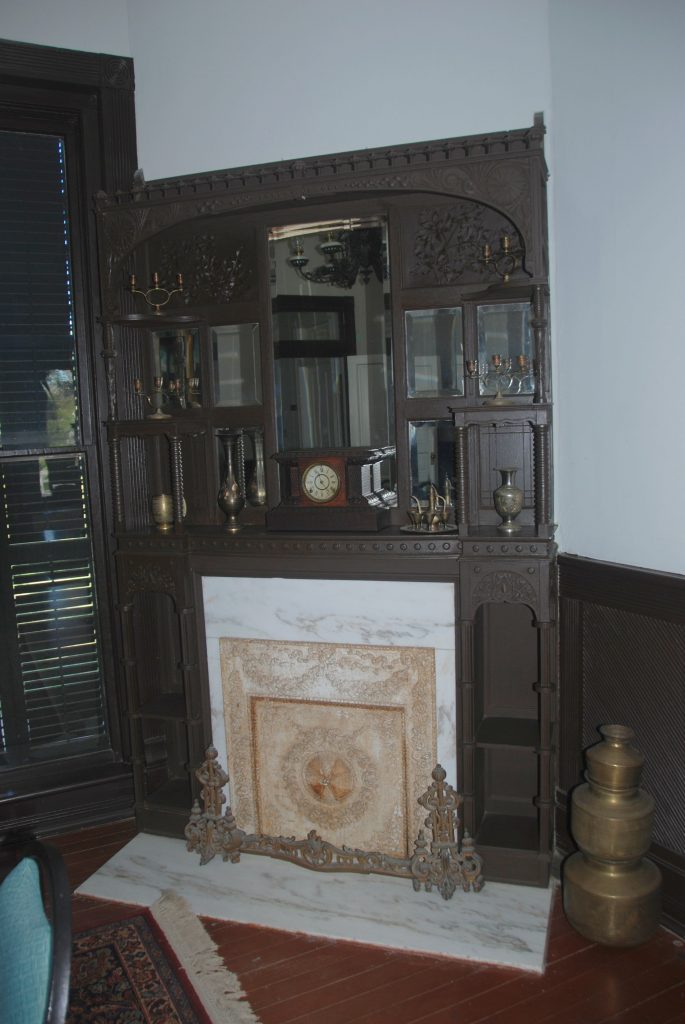
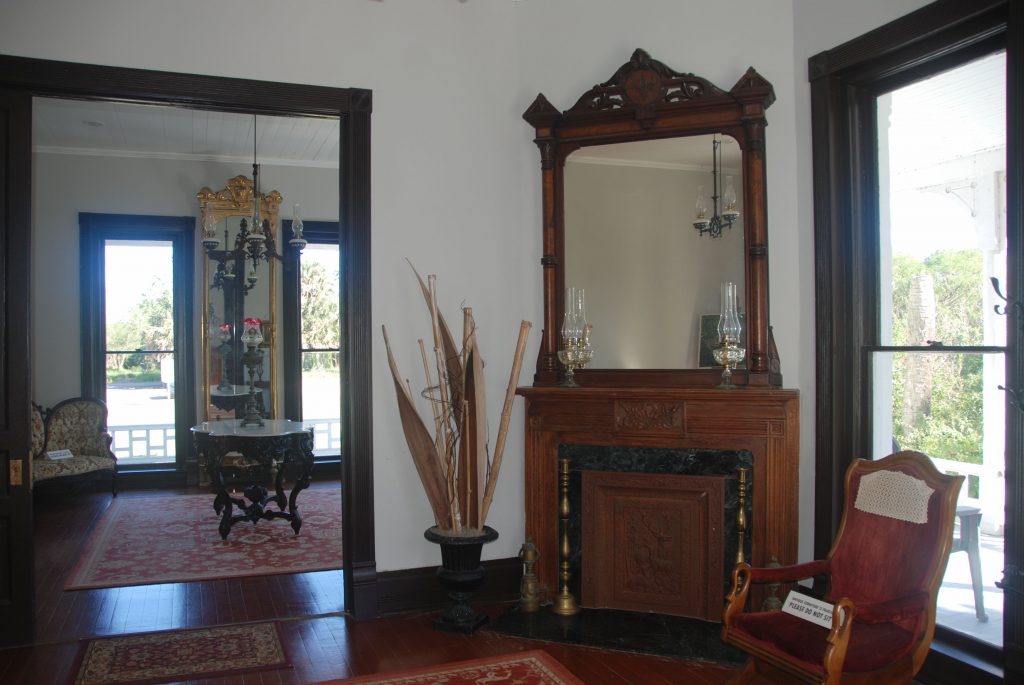
The antique lamp on the living room table caught my eye. Electricity didn’t come to the RGV until 1929 and oil lamps were beautiful as well as useful.
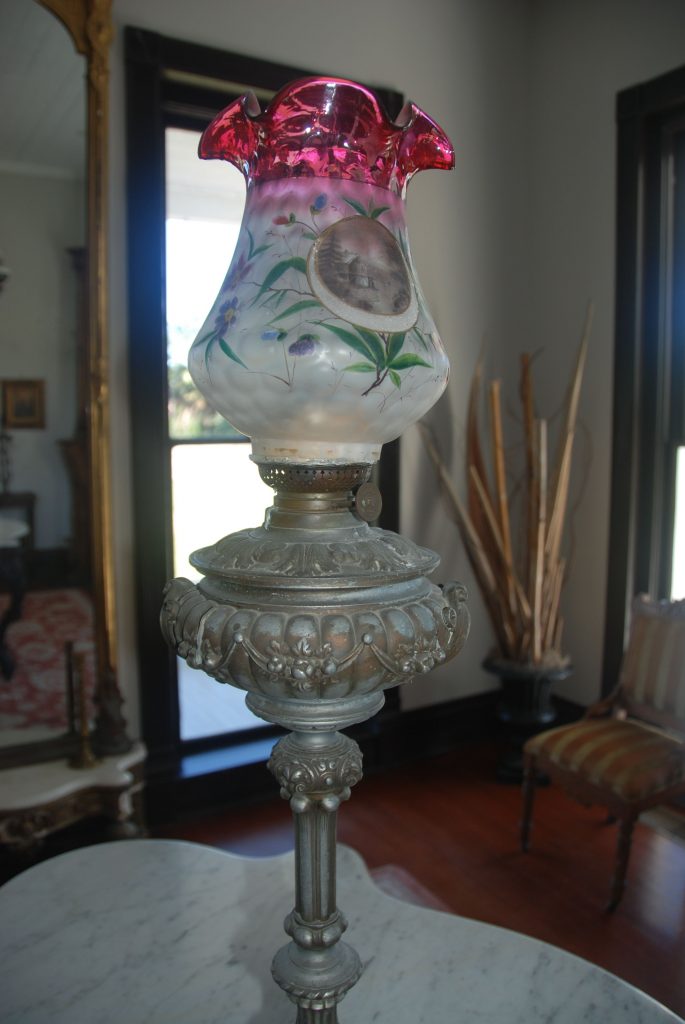
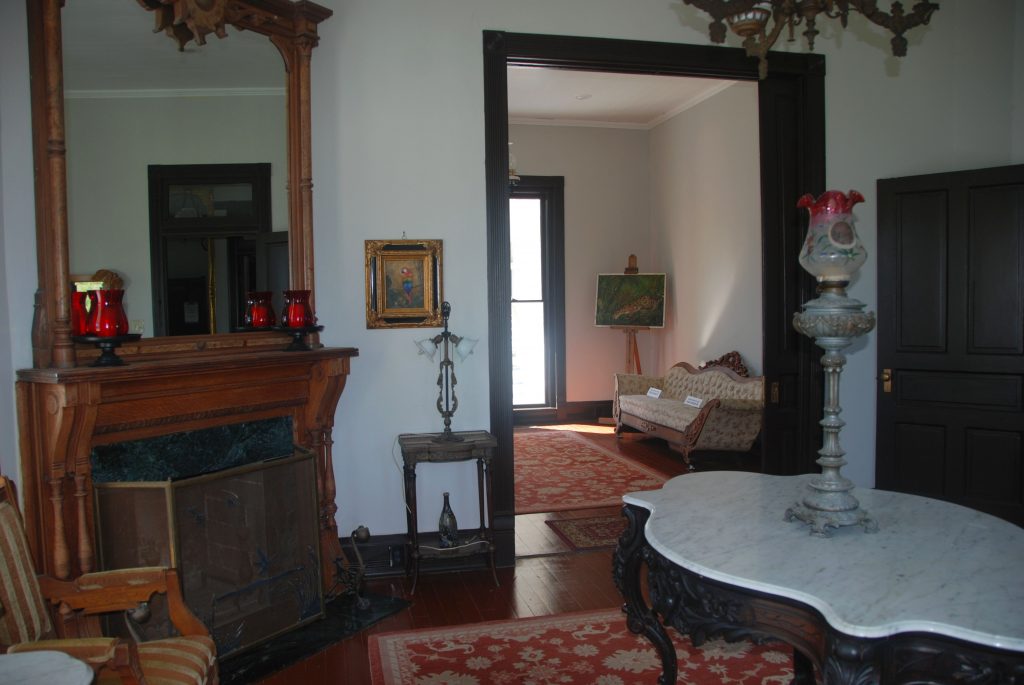
Although the lamp shown below has a cord, it was much later before electricity arrived and lamps like this were used in the plantation house.
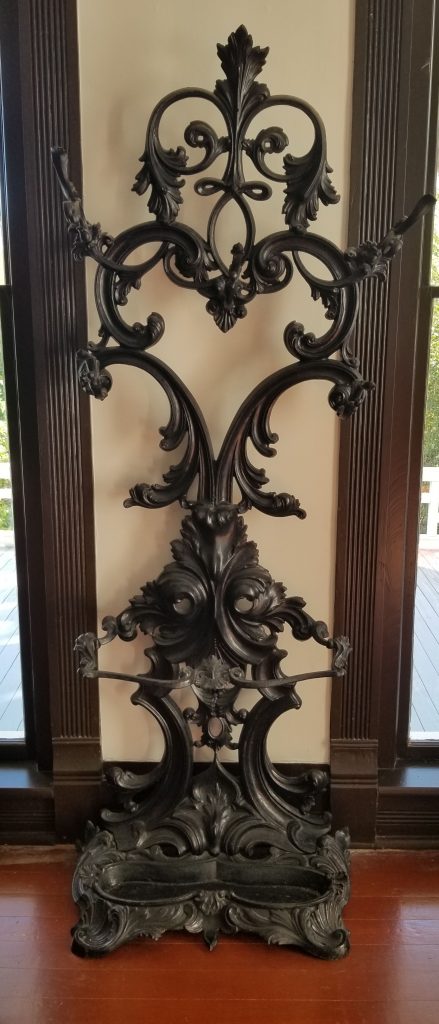
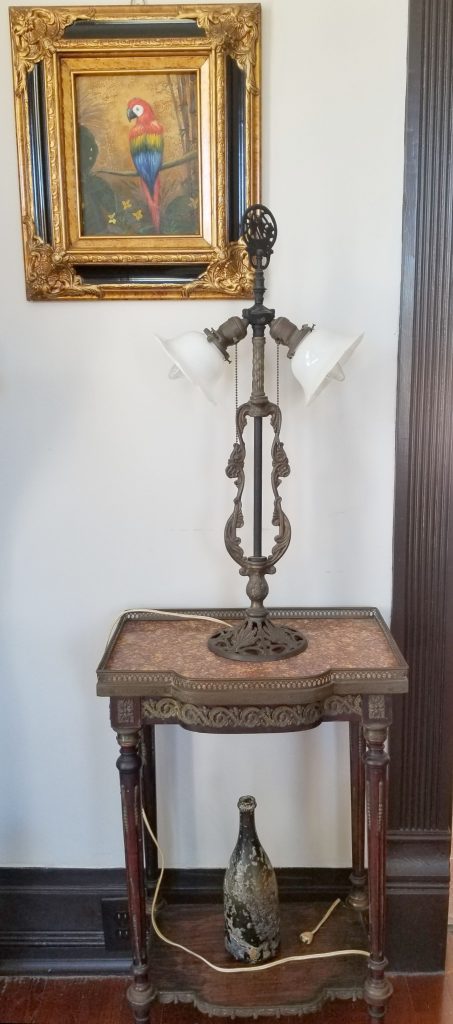
In addition to the antique furnishings were these beautiful stained glass windows and doors.
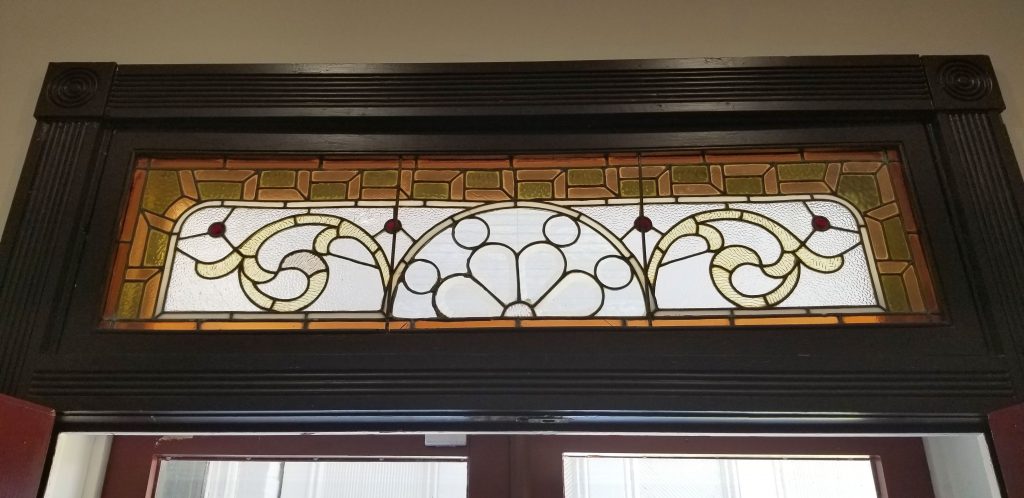
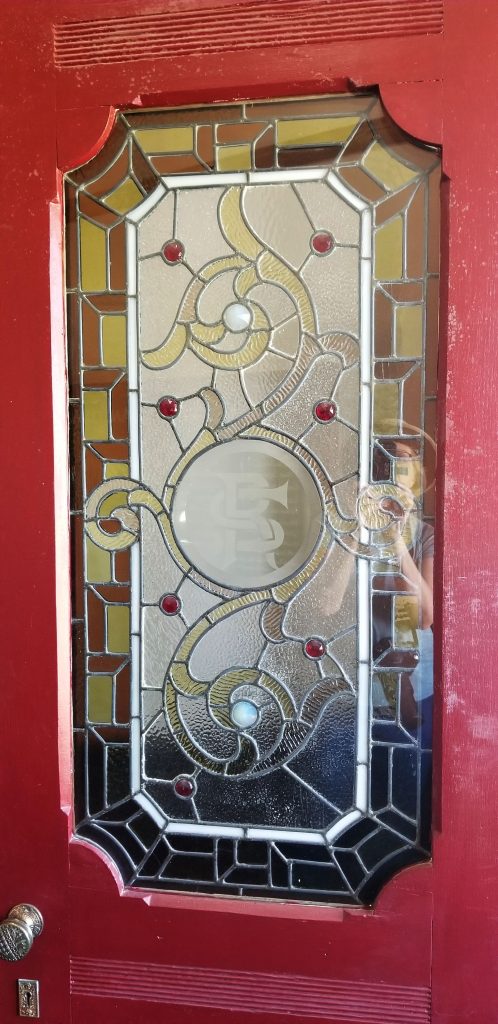
Other items that interested me were an old telephone and calculator. The first telephone exchange didn’t develop until the early 1900’s and in 1913 the city complained that “the telephone service rendered for several weeks has been totally inadequate and demoralized for several weeks, and no improvement in sight.”
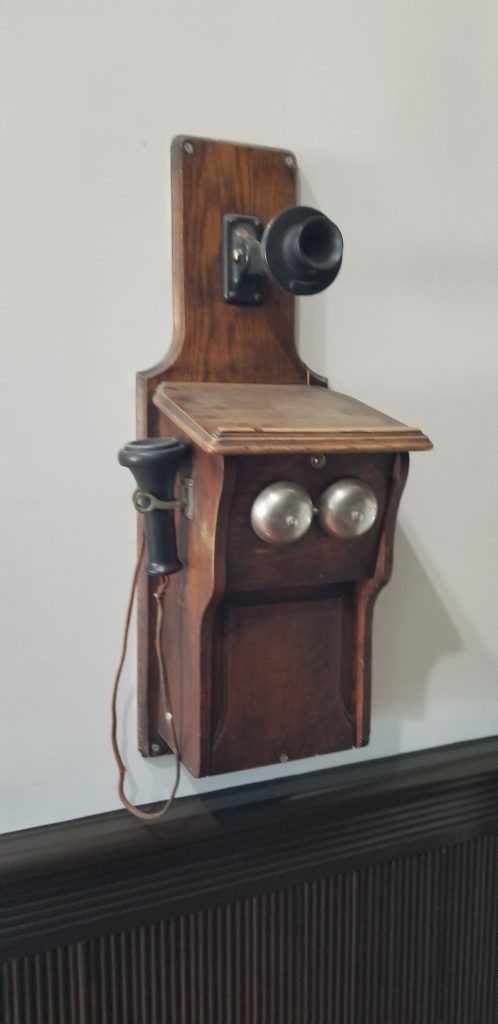
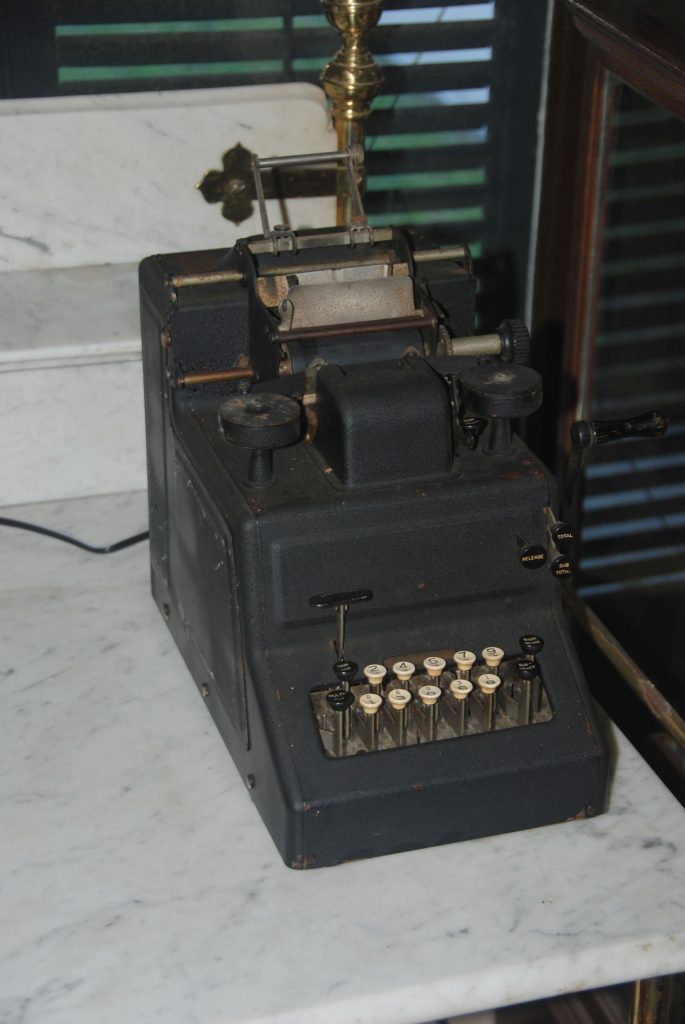
After touring the plantation house, we made our way through the garden. It was winter, so the flowers and many other plants were dormant. I could imagine what it looked like in spring and summer with butterflies fluttering around the fragrant flowers.
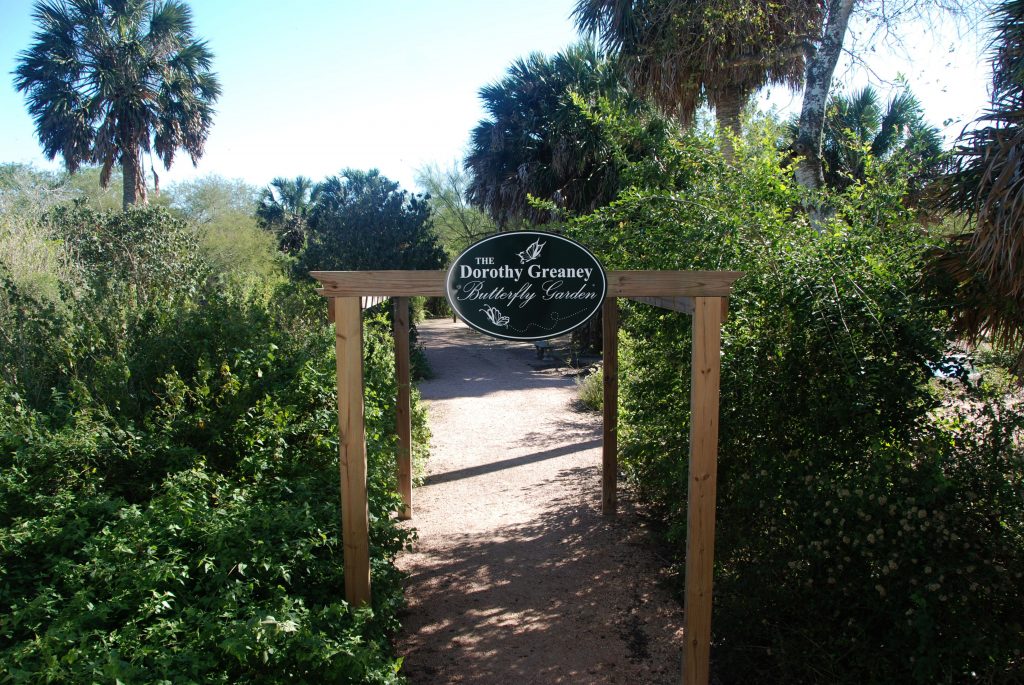
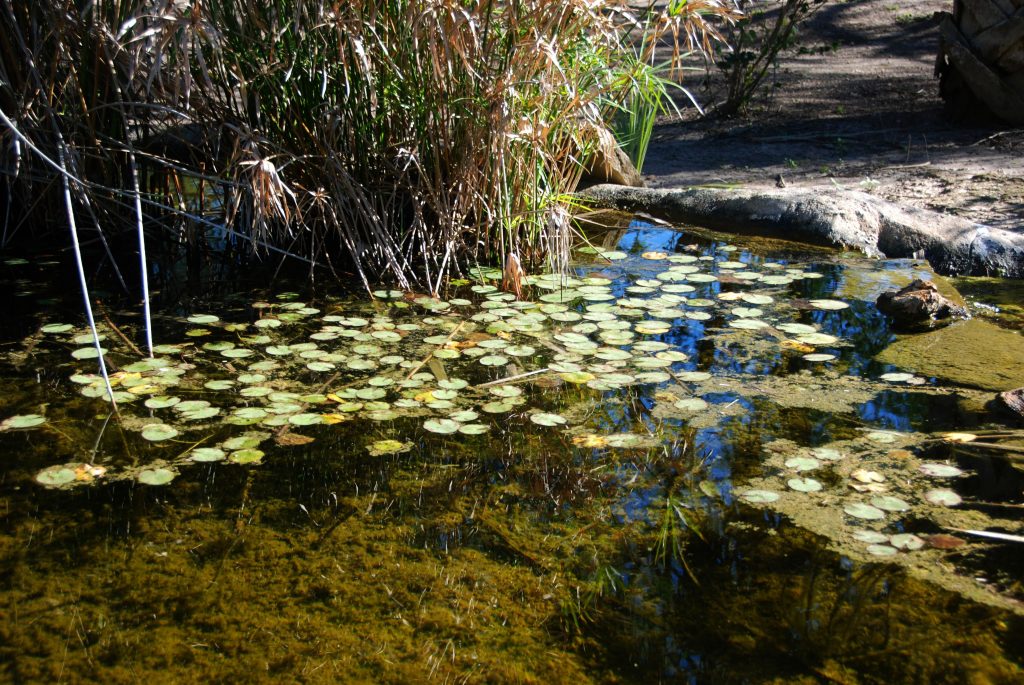
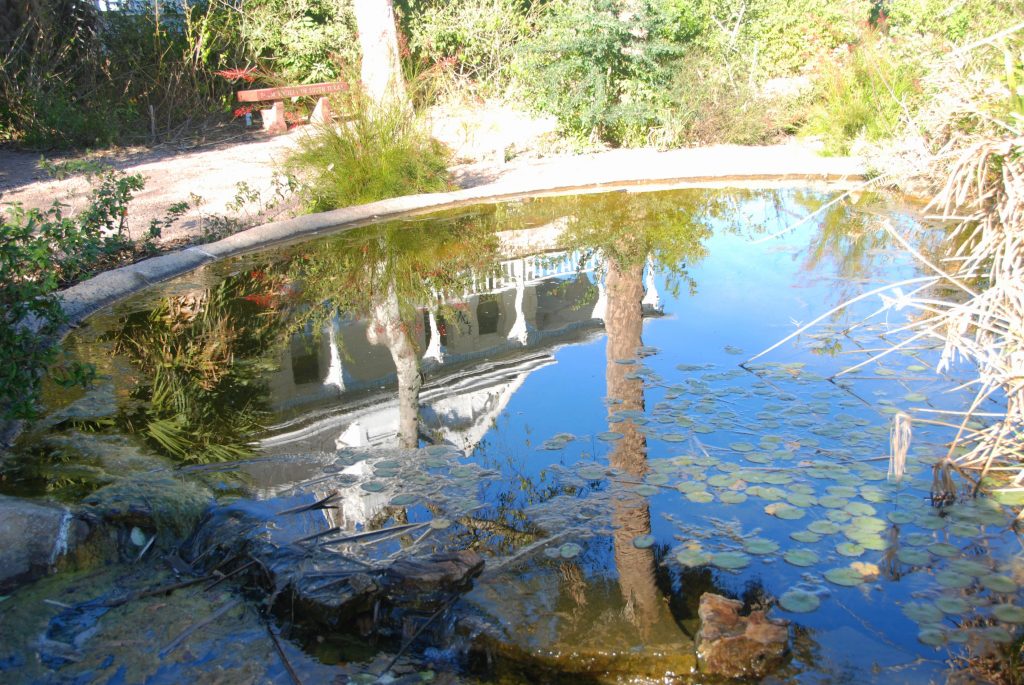
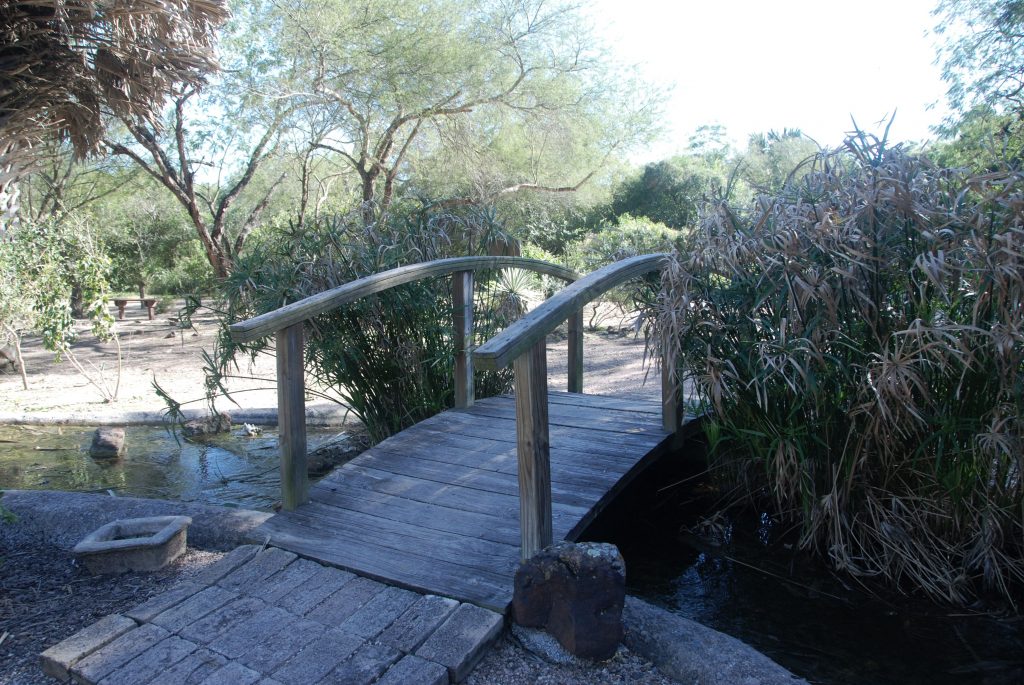
Past the garden were the walking paths lined with palms. The Sabal Palm Sanctuary protects one of the rarest ecosystems in the United States. The Sabal Palm Forest once covered 60,000 acres along the banks of the Rio Grande River. When the Spaniards first explored the river, they found miles upon miles of dense palm forest. Today, less than 30 acres of the Sabal forest are left, some of which are protected by the Sanctuary. Today, much of the Rio Grande Valley is mostly agricultural.
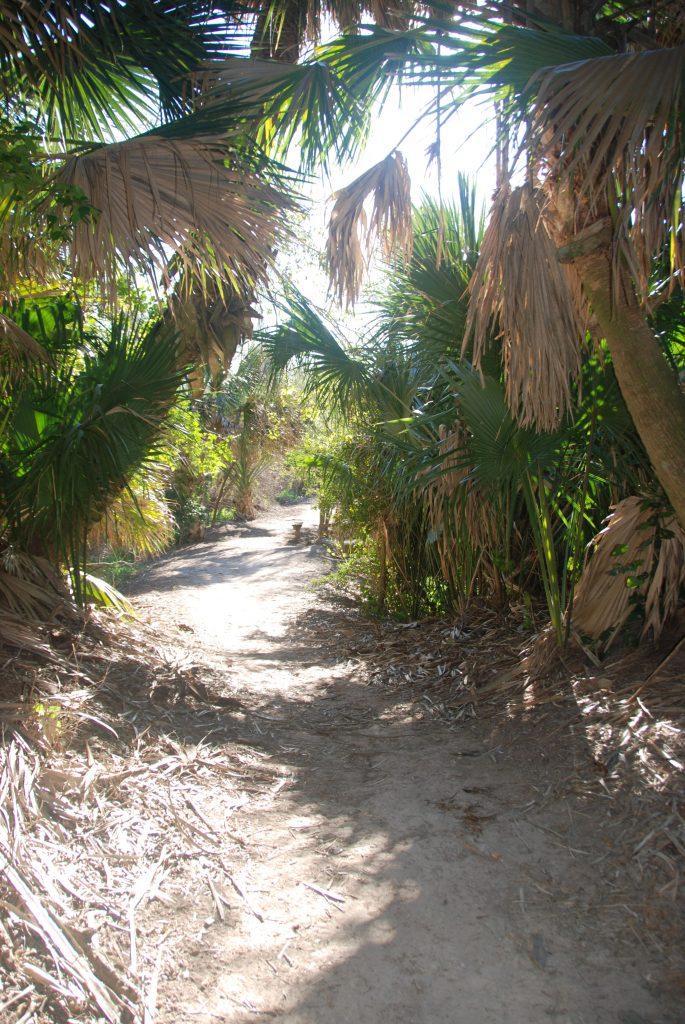
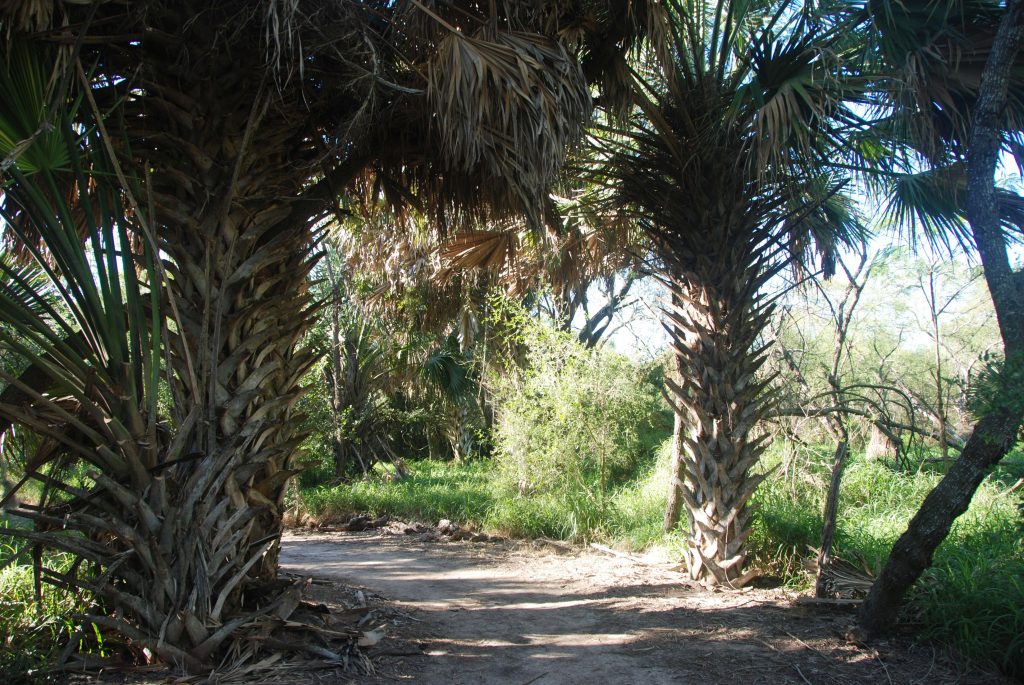
Previously, the land in the Rio Grande Valley was used for raising cattle. The soil was too dry for crops until 1910 when irrigation and centrifugal pumps came along. By 1910, there were 50 steam-engine pump houses along the Rio Grande River that watered one million acres of farmland.
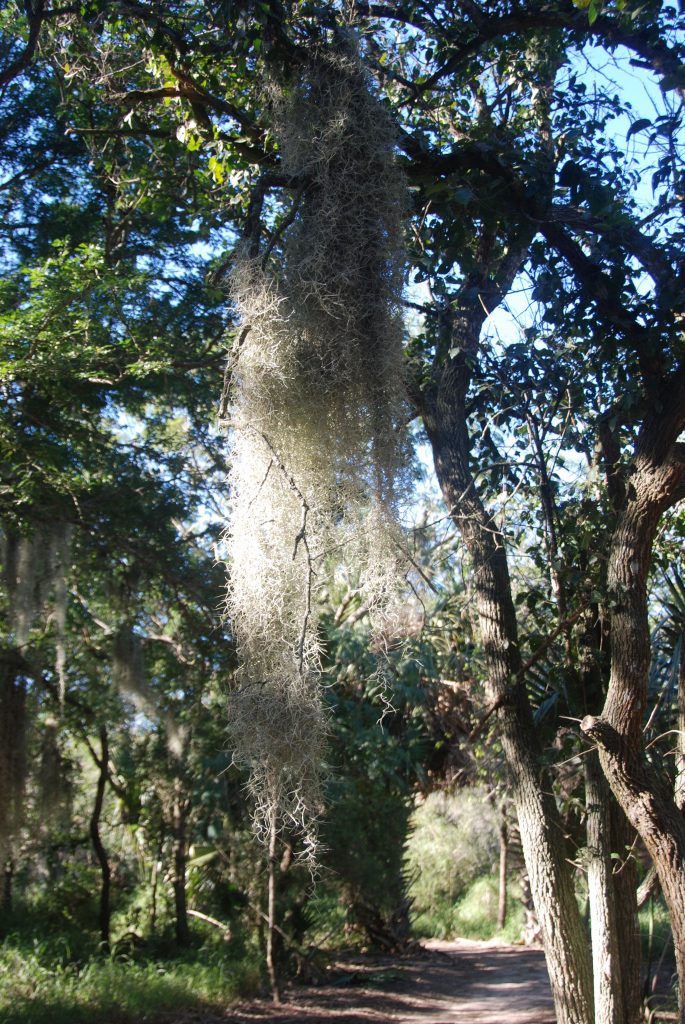
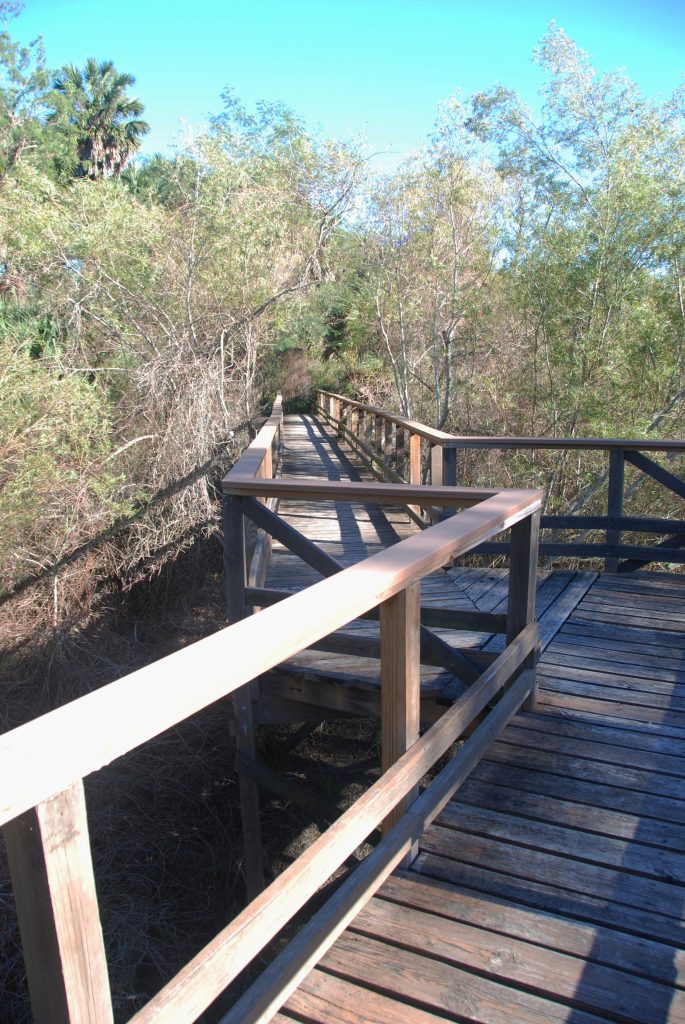
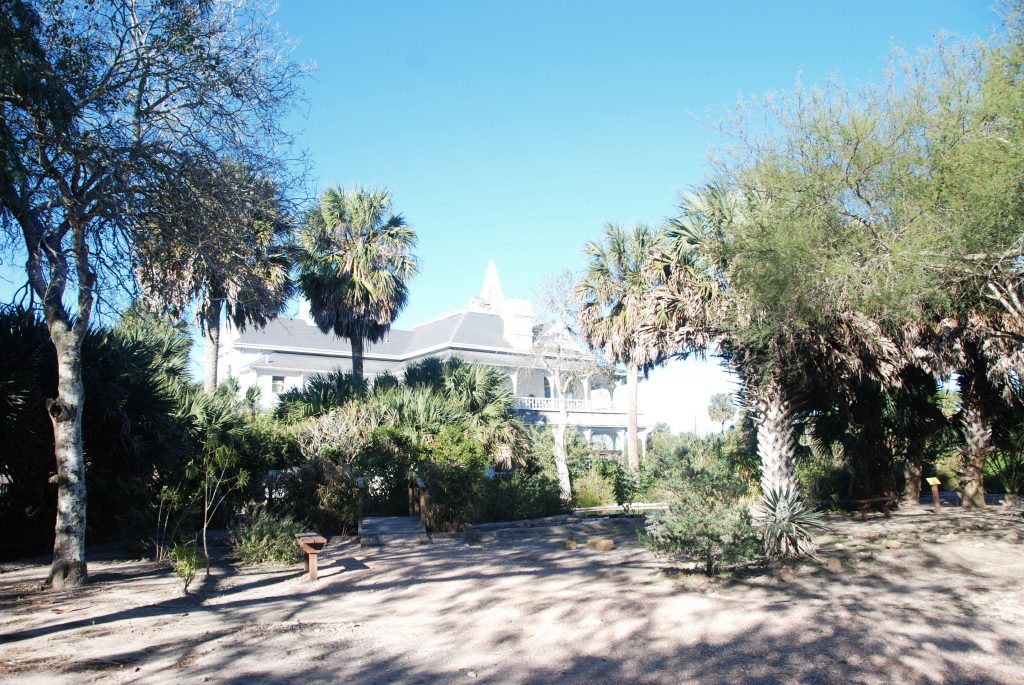
When I visit historical places like this, I imagine what life would be in those times. One thing that I’m thankful for today is that we have air conditioning. Those summers in the RGV would have been stifling in the humidity and the heat!

